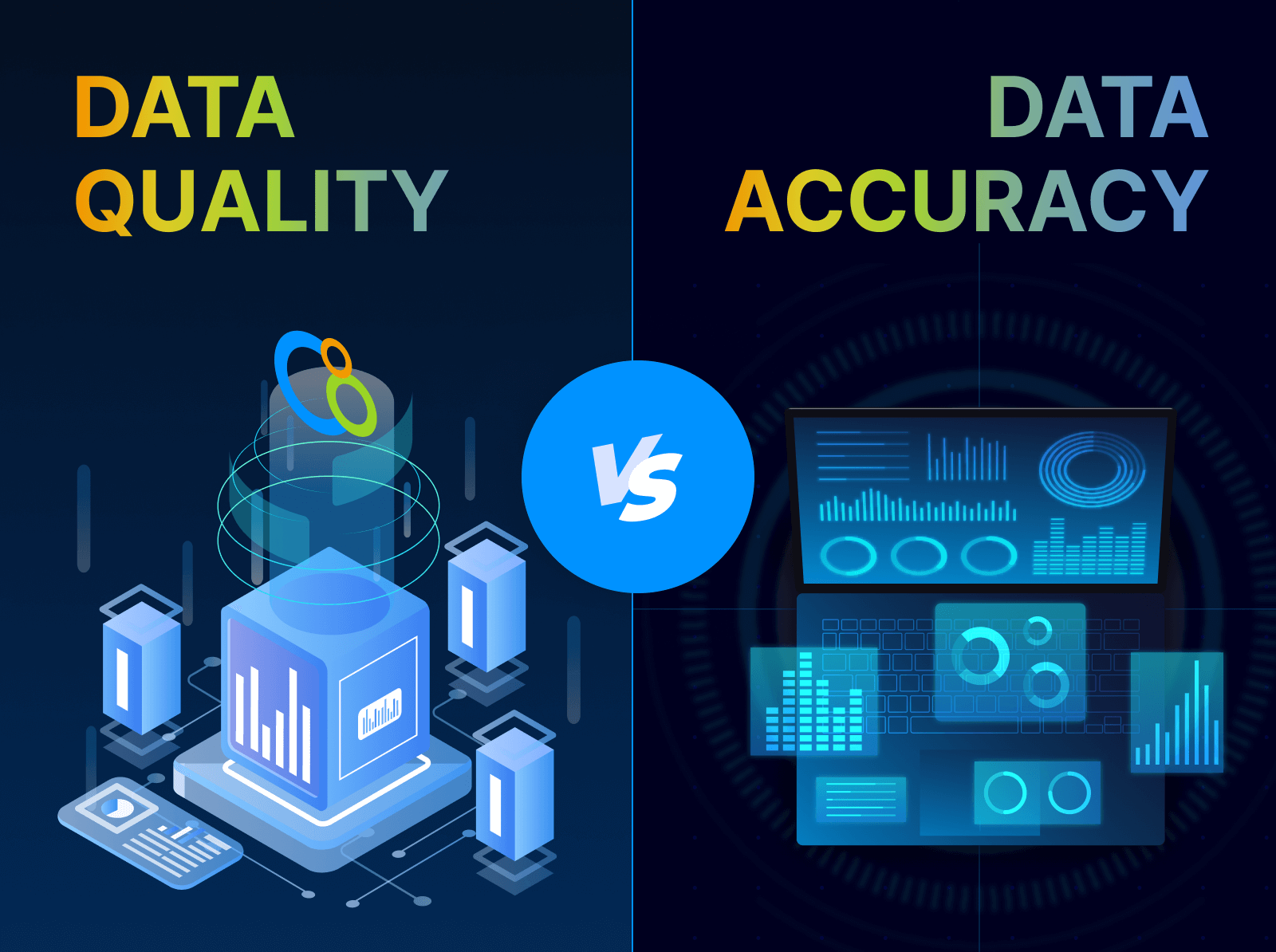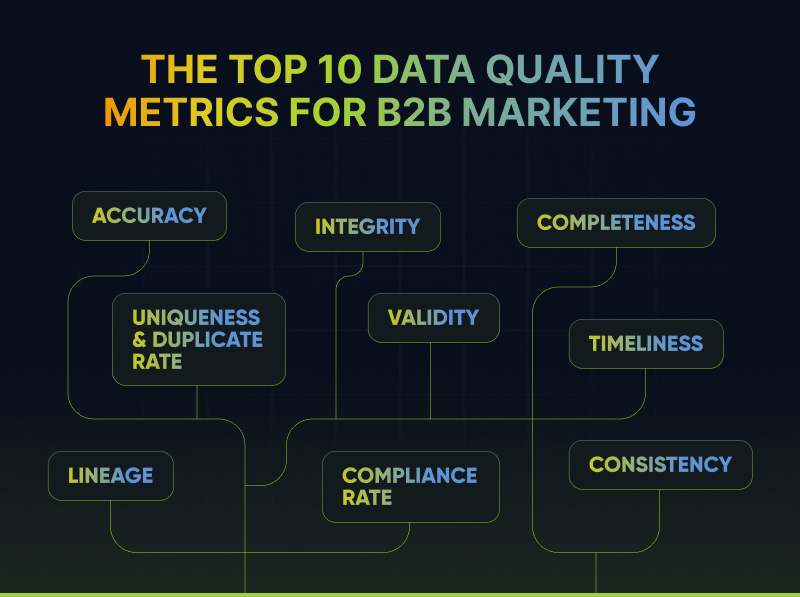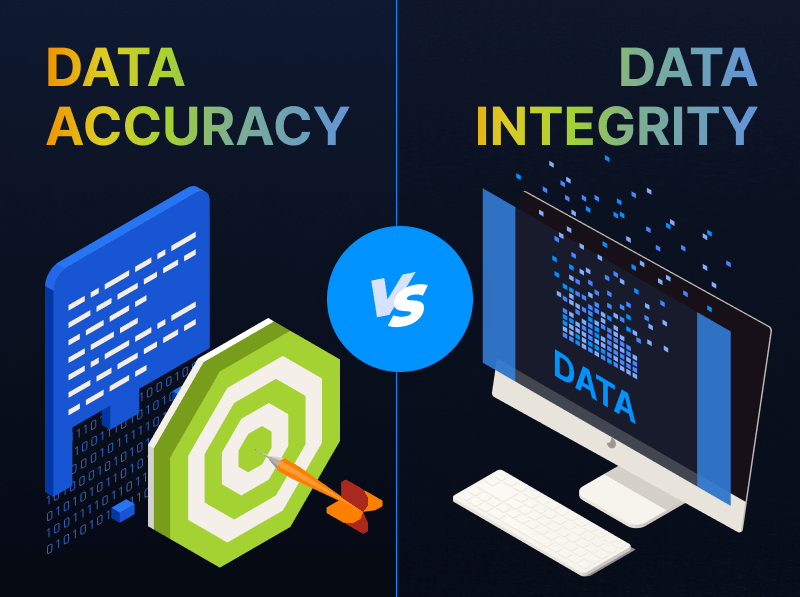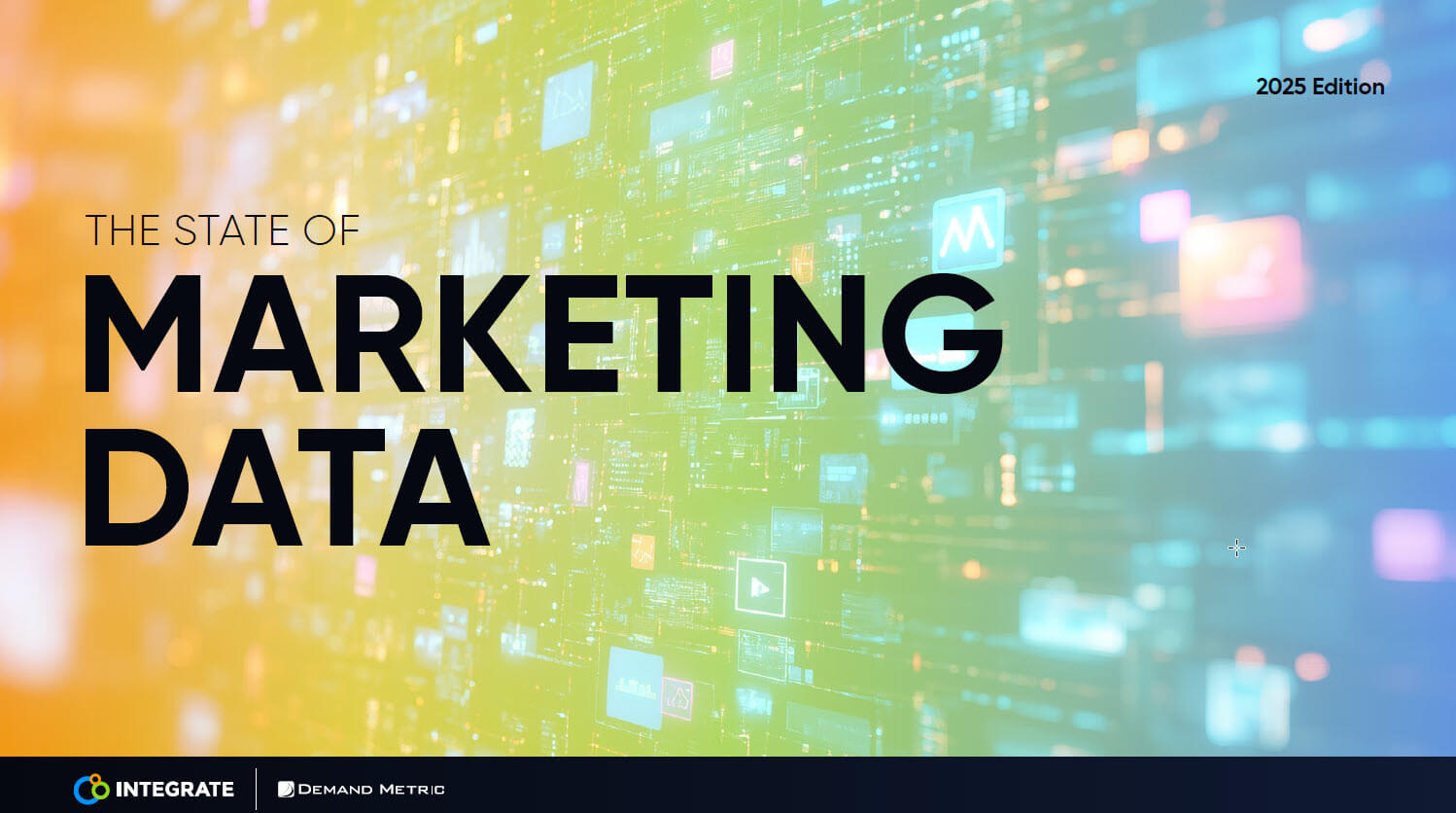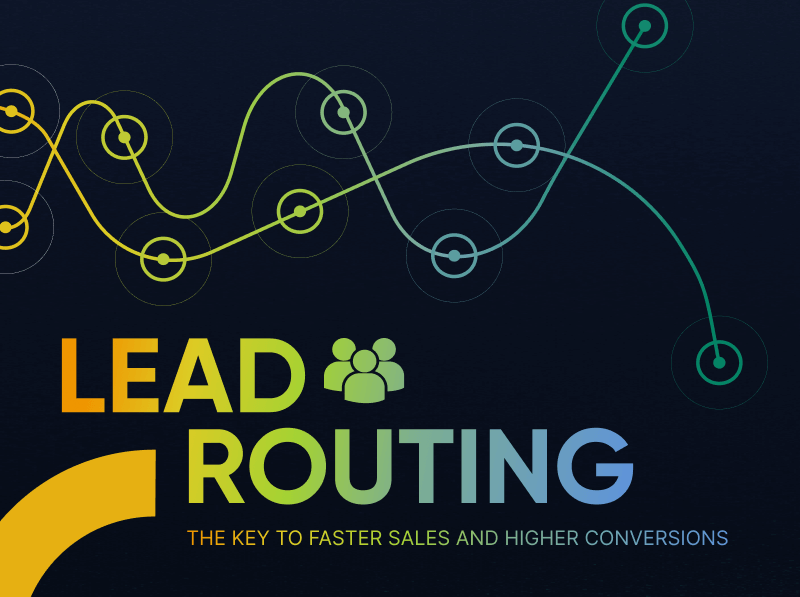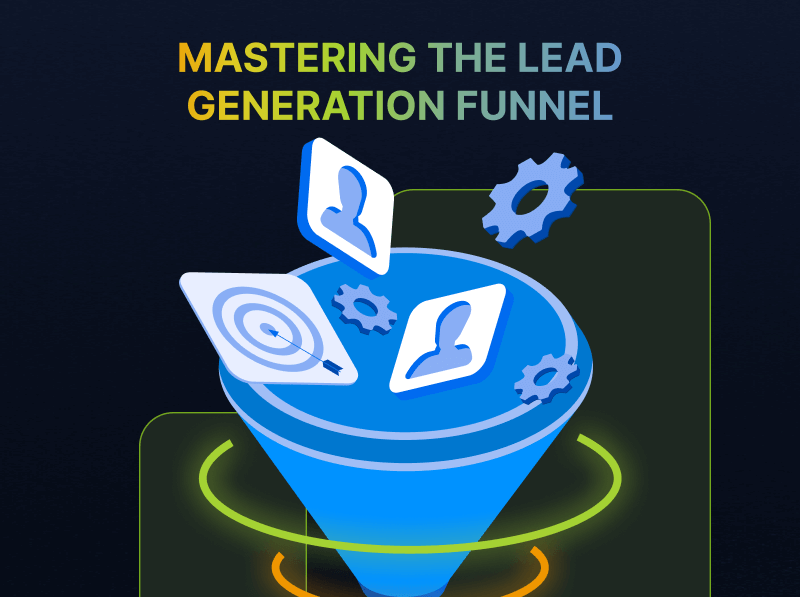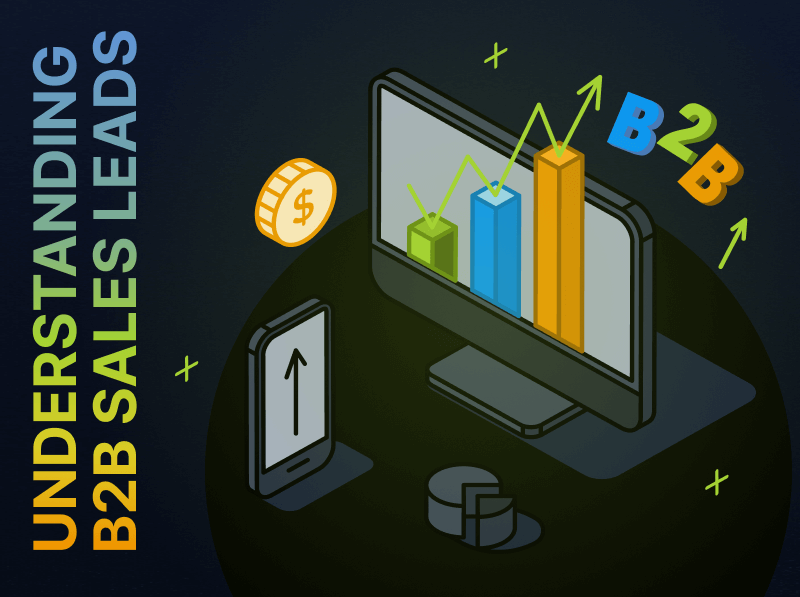A Useful Template to Develop (or Improve) Your B2B Buyer Personas
B2B marketing is abuzz with the importance of customer-centricity and the “engagement economy,” yet according to SiriusDecisions more than half of B2B marketing organizations admit that they don’t truly understand their customers. This isn’t surprising when you consider that a notable percentage of companies have yet to execute the fundamental task of identifying their buyer personas. And many of those who do have personas aren’t adequately leveraging them.
We get it – demand marketers have their hands full. And sometimes it’s hard to make room for a project that may seem tedious with unknown payoff. The fact is that persona-based marketing is yielding big returns: increasing engagement rates, shortening sales cycles and driving more revenue.
Maybe you’ve already bought in to the value of personas and just haven’t gotten around to creating them or maybe you developed your personas a while back and aren’t getting as much out of them as you’d like to. If you’re still trying to convince your team of executive suite that persona creation is worth the effort, Cintell’s 2016 Benchmark Study “Understanding B2B Buyers” may prove to be a valuable resource in building your business case.
Either way, it’s time to move your personas front and center so you can be about the business of focusing on your customers. To make the process a bit easier, we’ve put together an easy-to-use template that will guide your efforts.
You can grab an open copy of that template here.
So you know what to expect, this is an excel workbook broken down into two parts. Worksheet one will guide you through the research and development of your personas. Worksheet two will help you create and organize messaging specifically for each of those personas.
First things first though. Download the template and start conducting research. An easy place to begin is by querying your database. You also want to talk to sales and customer success, the people who are on the front lines with customers every day. Be certain to schedule interviews with customers and prospects to hear what they’re actually saying. And take to social media – peruse LinkedIn profiles and monitor discussions in groups. The more info you can obtain, the more well-defined (and effective) your personas will be.
There are several key areas to consider when gathering information.
Demographic Info & Personality Traits
It may be tempting for B2B marketers to ignore this data. After all, we’re selling to businesses, right? Just remember – at the end of the day, people are the ones who make the decisions. And the more you understand about who they are, the easier it will be to connect with them. Aside from the basics, like age, gender and income, you might want to ask:
- What’s their education level?
- Do they live in a rural or urban area?
- How would you describe their demeanor?
- What methods of communication do they prefer?
- What types and style of content do they consume?
Firmographic Info
You won’t find this section in most persona templates. However, if you’re implementing an account-based marketing strategy, it’s important to map your personas to your target account profiles. A few details worth documenting include:
- What industry/industries are your best accounts in?
- Are they B2B, B2C or both?
- How many employees do those companies have?
- What’s their average annual revenue?
Position Info
It’s important to know as much about your customers’ and prospects’ position as possible. The answers to these questions will help give you a high-level understanding of their role.
- What job titles to they have?
- List their daily responsibilities.
- Who do they report to?
- Who reports to them?
- What’s their career background and career path?
Goals, Motivations & Challenges
Beyond basic knowledge of what they do within their organizations, it’s essential to understand the goals their striving to reach and obstacles they need to overcome.
- What are their individual and team goals?
- How are they measured? What metrics do they need to meet?
- What’s the hardest part about their job?
- What problems are they trying to solve today? In the future?
Preferred Resources
Identifying where prospects go for information helps in two ways. First, these watering holes are helpful during the research stage by enabling you to see what people are consuming. Second, it enables you to more easily insert your company and content into your prospects’ experience.
- What blogs do they read?
- Which conferences or industry events do they attend?
- Do they utilize research or analyst firms? If so, which ones?
The template goes into more categories and questions than this. Plus, it’s easy to plug in the answers and get a big picture view of each persona. Once you’ve filled in all the blanks, it’s well worth the effort to package the intel up into a more visual format that you can share with your company.
Whether you decide to package your personas in a visual manner or not, you want to move onto the second worksheet in the template. This exercise will involve some elements from your research – namely responsibilities, motivations and challenges. Then you’ll customize your company’s messaging and value propositions to speak specifically to those factors. The work you do here will become an integral part of your content marketing strategy moving forward.
Of course, content and messaging aren’t the only ways to put your personas to use. Organizations exceeding revenue goals are finding numerous applications company-wide, including: sales training, product development, customer support, building marketing automation workflows and more. But all of those require customized messaging tailored to the individuals – so you don’t want to skip the second step.



